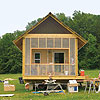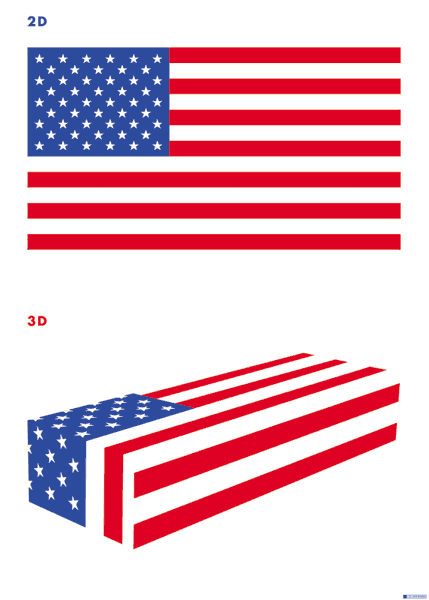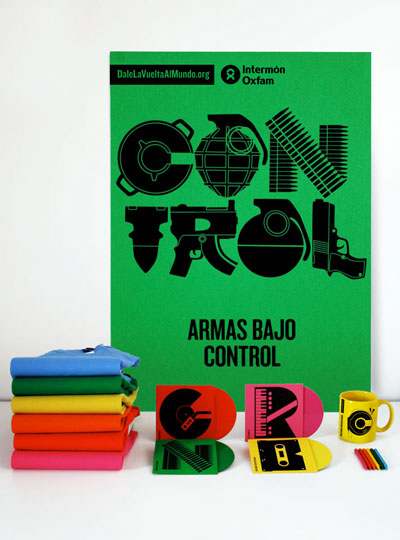August 2009
 SocialDesignZine has a nice online gallery of posters from designers around the world, as well as Morteza Majidi’s photos of the election protests.
SocialDesignZine has a nice online gallery of posters from designers around the world, as well as Morteza Majidi’s photos of the election protests. “The ‘standard account’ of home foreclosure attributes this spike to loose lending practices, irresponsible borrowers, a flat real estate market, and rising interest rates. Based on our study of homeowners going through foreclosures in four states... half of all respondents (49%) indicated that their foreclosure was caused in part by a medical problem, including illness or injuries (32%), unmanageable medical bills (23%), lost work due to a medical problem (27%), or caring for sick family members (14%).”
“The ‘standard account’ of home foreclosure attributes this spike to loose lending practices, irresponsible borrowers, a flat real estate market, and rising interest rates. Based on our study of homeowners going through foreclosures in four states... half of all respondents (49%) indicated that their foreclosure was caused in part by a medical problem, including illness or injuries (32%), unmanageable medical bills (23%), lost work due to a medical problem (27%), or caring for sick family members (14%).”
Dale La Vuelta Al Mundo
It’s rare to see a large, established non-profit take a bold risk with their branding. All the more reason I love the striking, typographic treatment of the graphics designed by Hey Studio for a campaign by Oxfam International Spain. (via)
 Metropolis looks at the state of the Rural Studio, Auburn University’s architecture program where students design and build for the rural poor in Alabama. After the passing of its founder, the program has shifted focus from building flamboyant, one-off structures to designing an affordable housing template and facilitating financing. It’s never been clear to me how much the communities they build for actually participate in the design process, but I like the new direction.
Metropolis looks at the state of the Rural Studio, Auburn University’s architecture program where students design and build for the rural poor in Alabama. After the passing of its founder, the program has shifted focus from building flamboyant, one-off structures to designing an affordable housing template and facilitating financing. It’s never been clear to me how much the communities they build for actually participate in the design process, but I like the new direction."Three Word Chant!"
 After agribusiness coopted his “5 ingredients” rule, Michael Polan came up with a new rule of thumb for buying healthy food: most healthy food is not advertised.
After agribusiness coopted his “5 ingredients” rule, Michael Polan came up with a new rule of thumb for buying healthy food: most healthy food is not advertised.
Flagged

Lex Drewinski, 2D/3D, silkscreen, 2006.
One Thousand Paper Cranes
 Sadako Sasaki was two years old when she survived the atomic bomb dropped on Hiroshima on August 6. 1945. Ten years later, she became gravely ill and was hospitalized with leukemia. She began folding paper cranes in hope of making a thousand, which according to Japanese legend would allow her to be granted one wish — to live. However, when she realized she would not survive, she wished instead for world peace and an end to suffering.
Sadako Sasaki was two years old when she survived the atomic bomb dropped on Hiroshima on August 6. 1945. Ten years later, she became gravely ill and was hospitalized with leukemia. She began folding paper cranes in hope of making a thousand, which according to Japanese legend would allow her to be granted one wish — to live. However, when she realized she would not survive, she wished instead for world peace and an end to suffering.
She folded 644 cranes before she became too weak to fold any more, and died shortly after. Sadako’s story has been popularized in books, movies, and music, including a widely translated children’s book in 1965 by an Austrian author and the American children’s book Sadako and the Thousand Paper Cranes published in 1977.
The origami paper crane has since become a symbol of world peace. Paper cranes and lanterns are floated each year to remember those who died from the bombs and to call for peace and disarmament.


